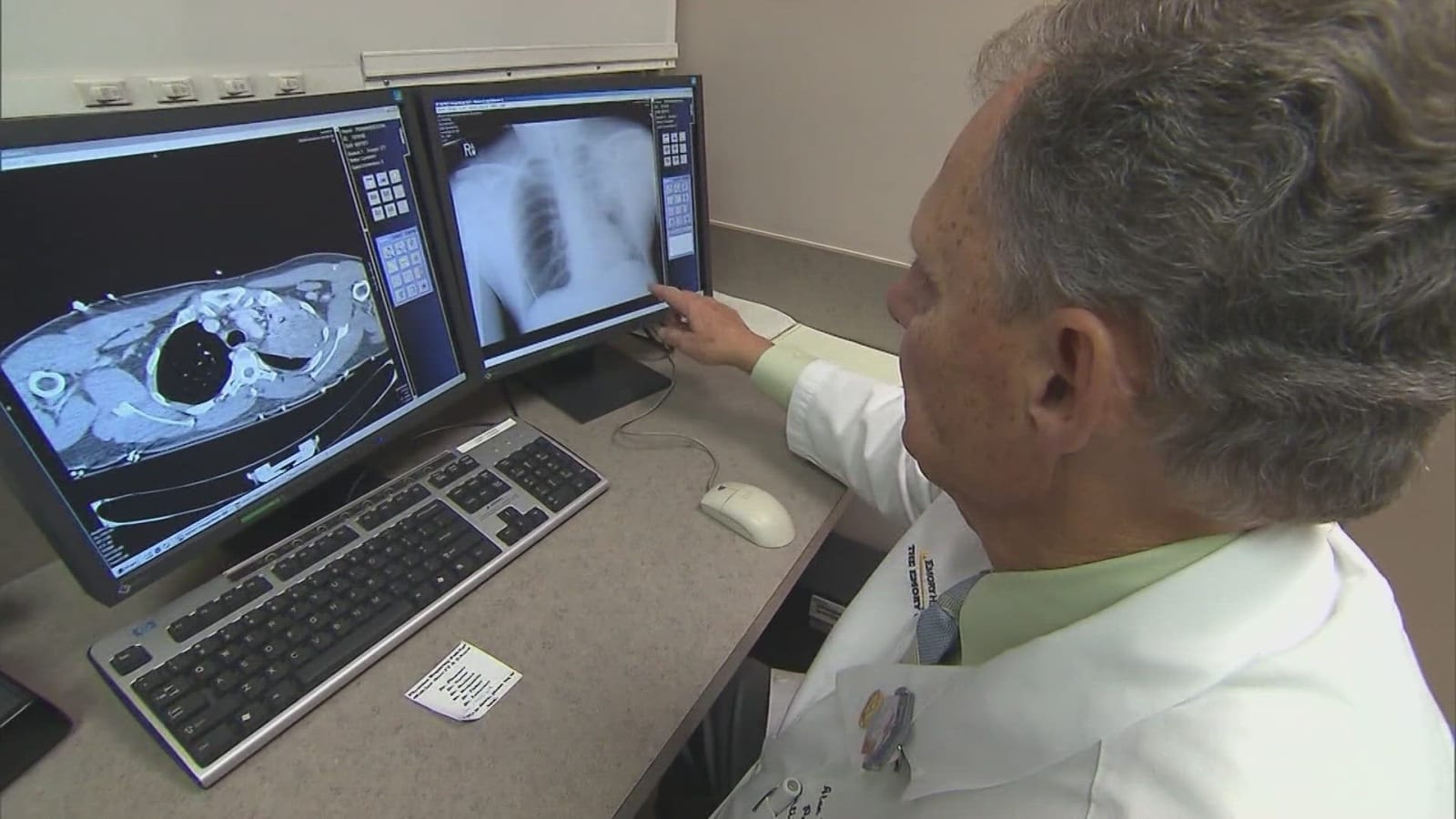Arizona's Pneumonic Plague Death and Public Health Implications

Understanding the Rare and Dangerous Pneumonic Plague
A tragic incident in Arizona has brought attention to a rare but deadly disease known as pneumonic plague. A local resident has died from this condition, marking the first death from the disease in Coconino County since 2007. This event underscores the severity of a disease that, although uncommon today, still poses a threat in certain regions.
Pneumonic plague is caused by the bacterium Yersinia pestis, which infects the lungs. According to medical experts, it is the least common and most dangerous form of plague. While many associate the plague with the Middle Ages, it continues to affect people around the world. Globally, between 1,000 and 2,000 cases are reported annually, with about seven cases occurring in the United States each year. Despite its rarity, the potential for severe illness and death makes it a serious public health concern.
Where and How Plague Occurs Today
Most cases of plague today are found in parts of Africa, particularly in the Democratic Republic of Congo and Madagascar. In the U.S., the disease is more commonly seen in rural areas of western states. People who work closely with animals, especially wild rodents or cats in these regions, face higher risks of infection.
Cats are especially vulnerable to plague and can become infected by eating infected rodents. While human-to-human transmission of pneumonic plague is extremely rare in the U.S., there have been occasional cases involving pets, particularly cats. The last recorded instance of human-to-human spread in the country was in 1924.
Transmission and Prevention
Unlike other forms of plague, which are typically spread by flea bites, pneumonic plague spreads through respiratory droplets when an infected person coughs or sneezes. It can also be contracted through direct contact with infected animals or if the bacteria move internally from another part of the body to the lungs.
In the recent Arizona case, officials confirmed the cause of death on July 11, 2025. They clarified that the incident was not linked to a prairie dog die-off in the Townsend Winona area. Although the case is deeply concerning, health officials emphasize that the general risk to the public remains low.
Precautions and Safety Measures
To reduce the risk of contracting plague, health authorities recommend several preventive measures. Avoiding contact with wild animals and protecting against flea bites are essential steps. Using insect repellents containing 20-30% DEET and tucking pant legs into socks can help prevent flea bites. Regular use of veterinarian-approved flea treatments on pets is also important.
Keeping pets indoors or supervised when outside can further limit their exposure to potentially infected wildlife. While no plague vaccine is currently available in the U.S., ongoing research may lead to future developments. Globally, the World Health Organization recommends vaccination only for healthcare workers and lab personnel who may be exposed to the bacteria.
Monitoring and Reporting
Plague remains endemic in parts of the American Southwest, and surveillance systems like those operated by Coconino County Health and Human Services (CCHHS) monitor cases closely. These systems also track other serious diseases such as hantavirus, West Nile virus, and rabies. Early detection helps public health officials respond quickly to prevent outbreaks.
If you notice unusual wildlife deaths, especially among prairie dogs or rabbits, it is important to report them promptly. Prairie dogs often die rapidly from plague, making their sudden die-offs an early warning sign. Contacting local health authorities can help ensure timely action.
Recognizing Symptoms and Seeking Help
Symptoms of plague typically appear within one to eight days after exposure. Early signs include fever, chills, headaches, muscle pain, and weakness. Swollen lymph nodes, known as “buboes,” may develop in areas such as the groin or armpits. Prompt medical treatment with antibiotics can effectively cure the disease if started early.
If you experience symptoms resembling plague, especially after exposure to wild animals or fleas, it is crucial to seek medical attention immediately. Informing healthcare providers about possible exposure before visiting can help prevent further spread. Timely antibiotic treatment is highly effective in managing the condition.
Protecting Pets and Your Home
Pets showing symptoms such as fever, lethargy, swollen lymph nodes, coughing, or eye drainage should receive immediate veterinary care. Contacting your veterinarian beforehand can help avoid spreading the infection. Keeping pets on leashes and away from wild rodents reduces the risk of exposure.
Preventing rodent infestations around homes is also key to reducing plague risks. Clearing brush, rock piles, trash, and lumber near houses, and storing food securely in rodent-proof containers can help. Avoiding camping near rodent burrows or sleeping directly on the ground further lowers the chances of infection.
While rare, the recent death in Arizona serves as a reminder that plague still exists in certain areas. Taking simple precautions can significantly reduce the risk of infection, helping protect individuals and their families from this ancient yet persistent disease.
Post a Comment for "Arizona's Pneumonic Plague Death and Public Health Implications"
Post a Comment